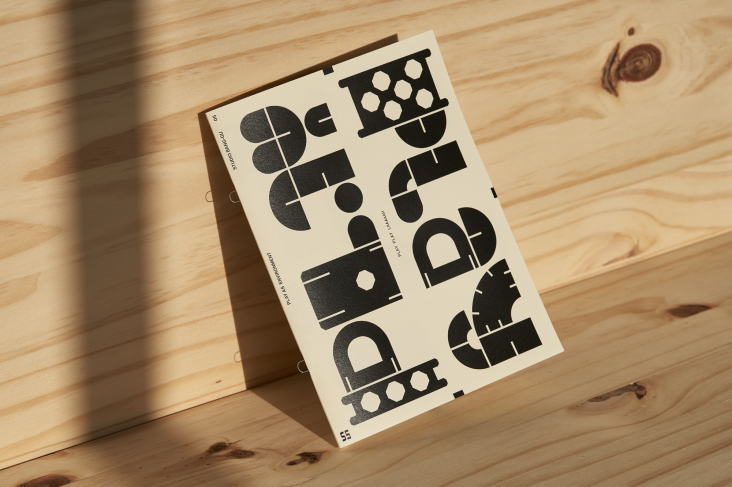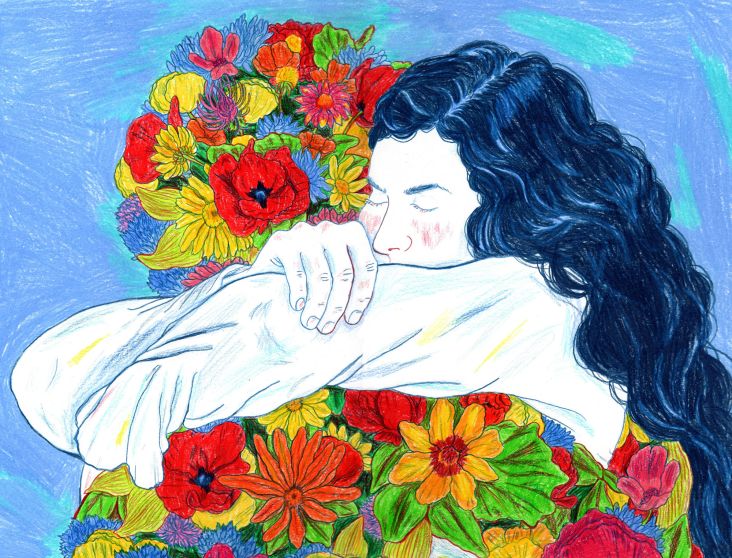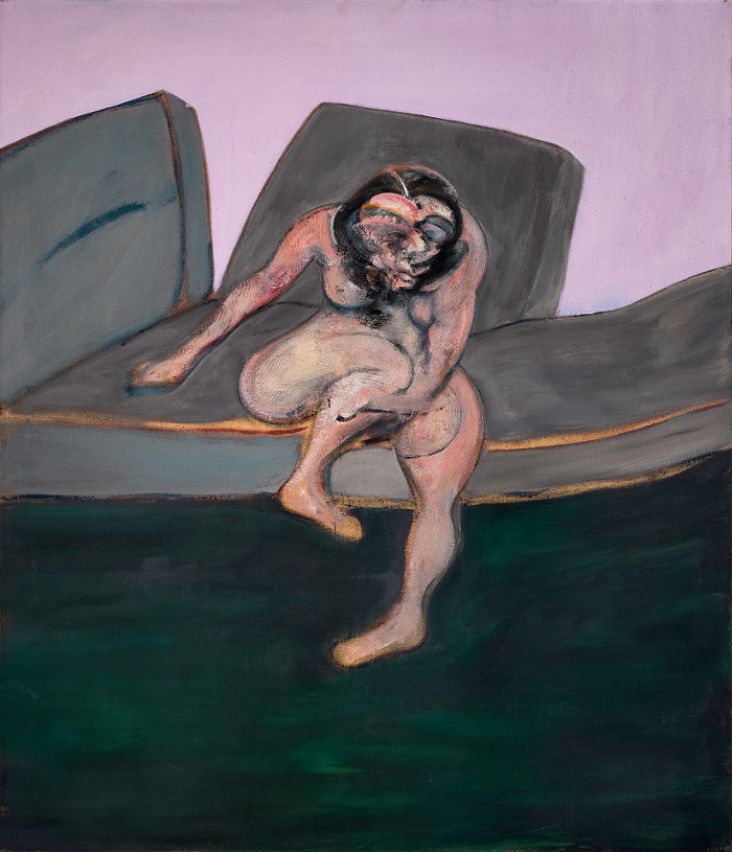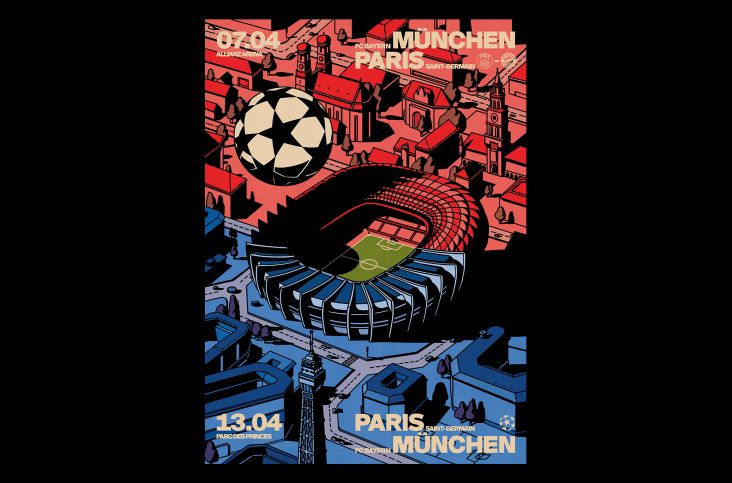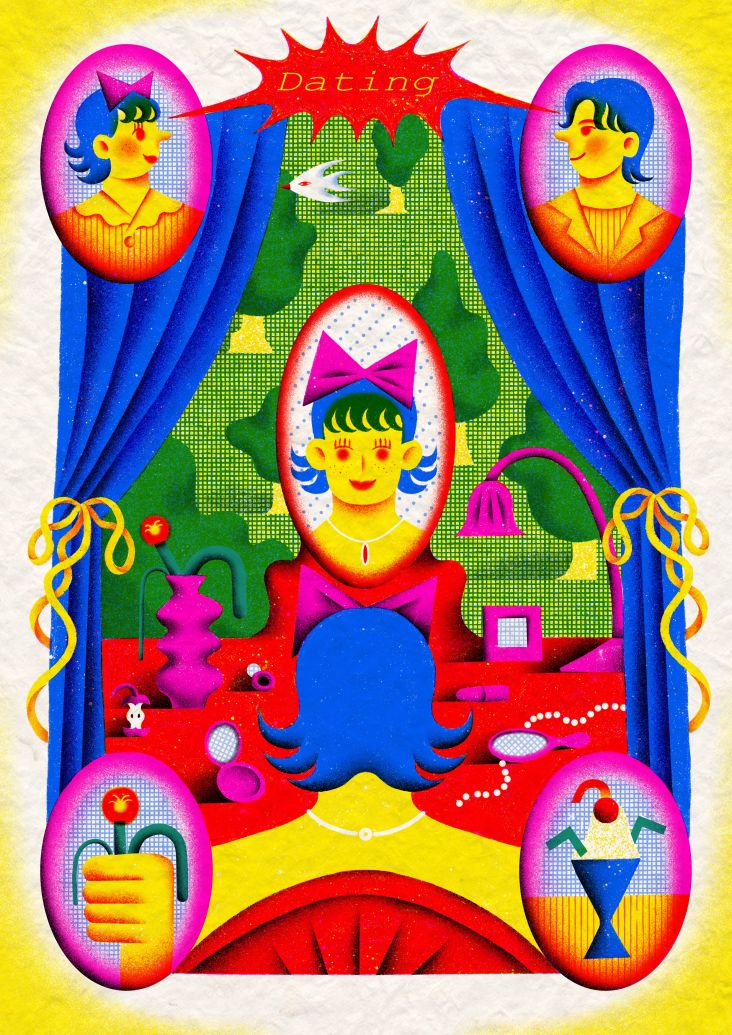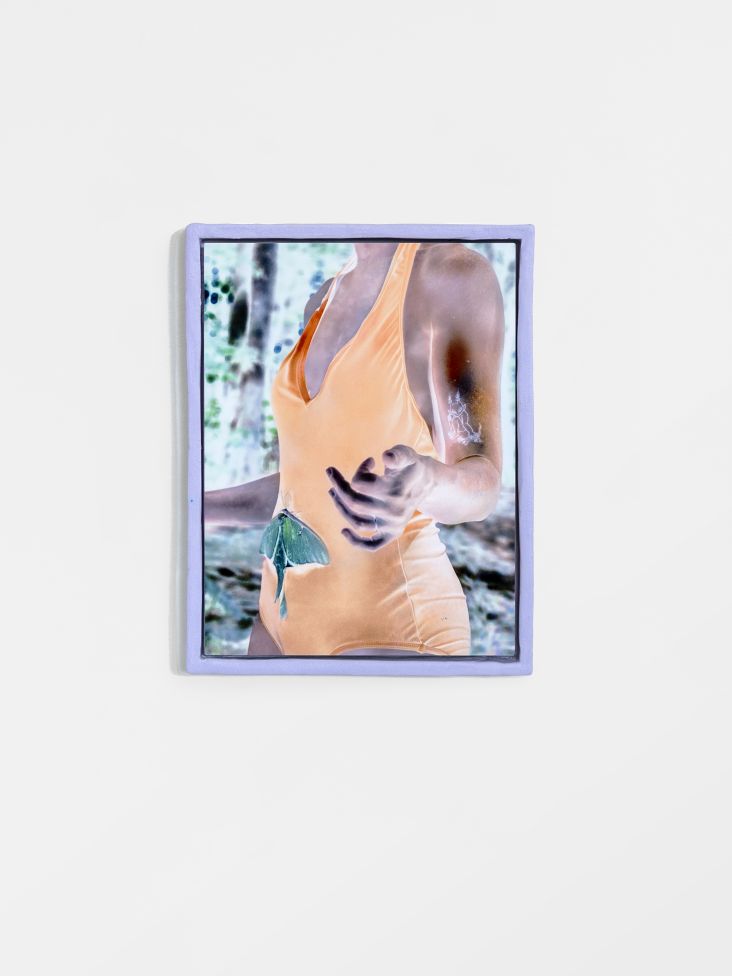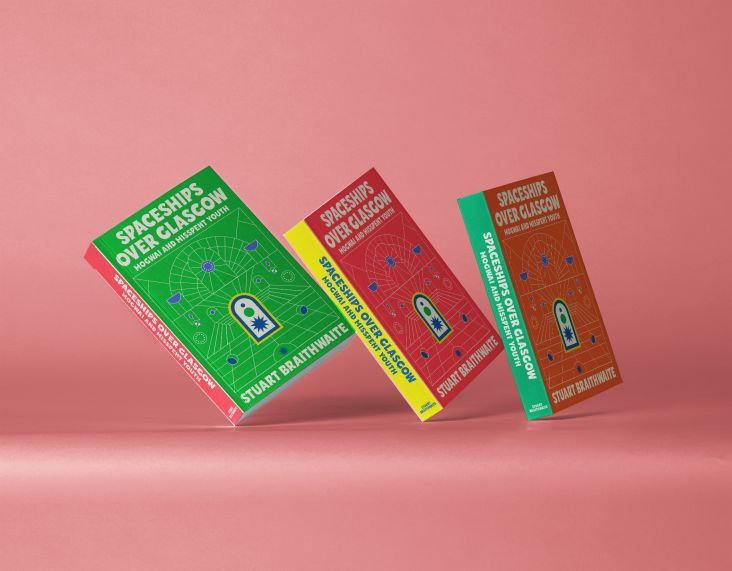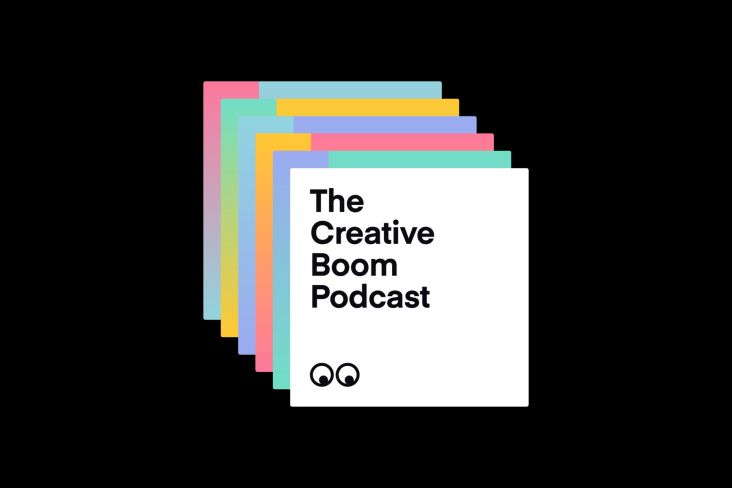Graphic designer Marina Veziko on making work that's 'boundary-pushing and societally meaningful'
The Kyiv-born and Finland-based designer knows when to decline a project if she feels it's not worth her time. She tells us more below and the importance of setting your own parameters.
Packhelp, 2022. Graphic design & art direction: Marina Veziko. Photography: Aleksi Tikkala. Animation: Otso Reitala
Marina Veziko ended up studying graphic design "sort of by accident", she admits. But once she landed on the medium, she "immediately" fell in love with it and has been doing it ever since. "I felt like this is my 'thing'."
While studying the subject, Kyiv-born and Finland-based Marina had a few doubts about whether it was the right profession for her. It was more in the way of commercial design and having to "promote consumerism and whatnot", which she considered very superficial. However, after graduating, she moved to Helsinki and landed a job in a studio. "I realised that it's possible to work with clients who share your values and thus contribute to building sustainable brands." Three years and a half later and Marine decided to venture out on her own, something she hadn't regretted for a moment. Taking on projects and working with clients off her own back, she's developed an incredible roster of work in her portfolio. "Running a business is not for everyone," she adds, "because it is very stressful. But I do love the independence and freedom it enables."
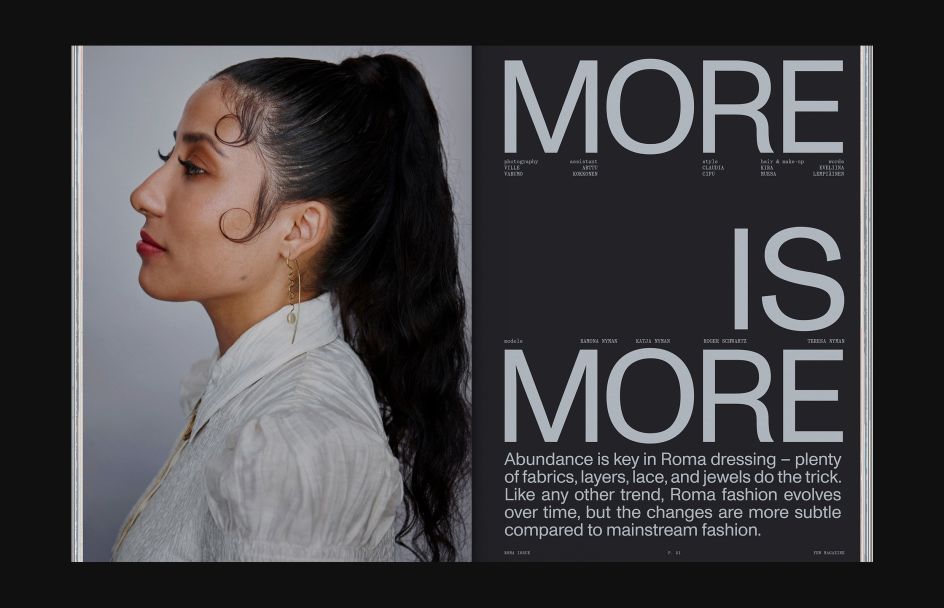
FEW Magazine, 2021. Concept, creative direction, editorial design: Marina Veziko & Tino Nyman. Logo & FEW Display: Jaakko Suomalainen. Photography: Aleksi Tikkala.
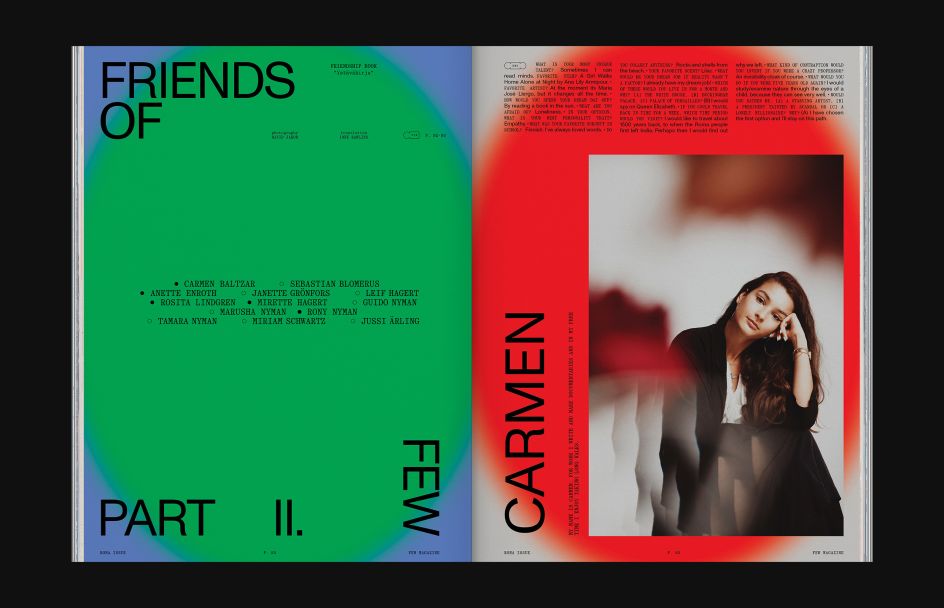
FEW Magazine, 2021. Concept, creative direction, editorial design: Marina Veziko & Tino Nyman. Logo & FEW Display: Jaakko Suomalainen. Photography: Aleksi Tikkala.
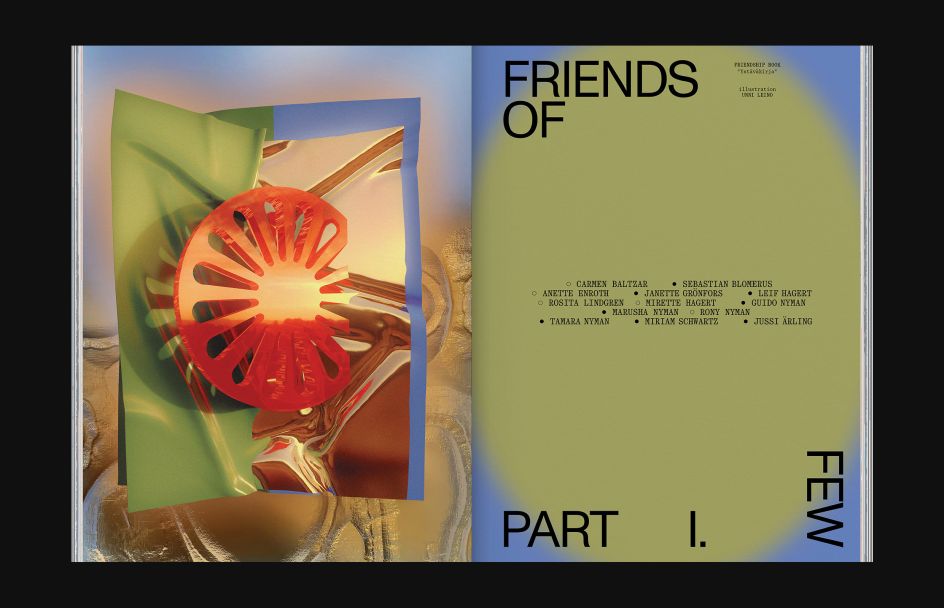
FEW Magazine, 2021. Concept, creative direction, editorial design: Marina Veziko & Tino Nyman. Logo & FEW Display: Jaakko Suomalainen. Photography: Aleksi Tikkala.
These days, much of Marina's work is centred around branding, floating seamlessly through the commercial and cultural landscapes. Fusing her passions to create a trademark and style that's very much her own, Marina prefers to take on briefs that are "boundary-pushing and societally meaningful". In this sense, she means "ethical, sustainable promoting equality and diversity" – the pillars she holds close to her heart and practice. So when a client approaches her with a brief, she'll think to herself, "Will it be a fun project? Do we seem to be on the same page with the client? Will I be able to learn something new and develop my skills through this project? Will it potentially generate visibility and connections, leading to more work in the future? And, of course, will it be financially worthwhile?"
For Marina, it's good to have a set of parameters in mind when working in the creative field. Not least to guide you into taking on the right kind of work and steer your work in the direction you want it to go. If the project only ticks one of the boxes, for instance, Marina states how it's likely "not worth" her time.
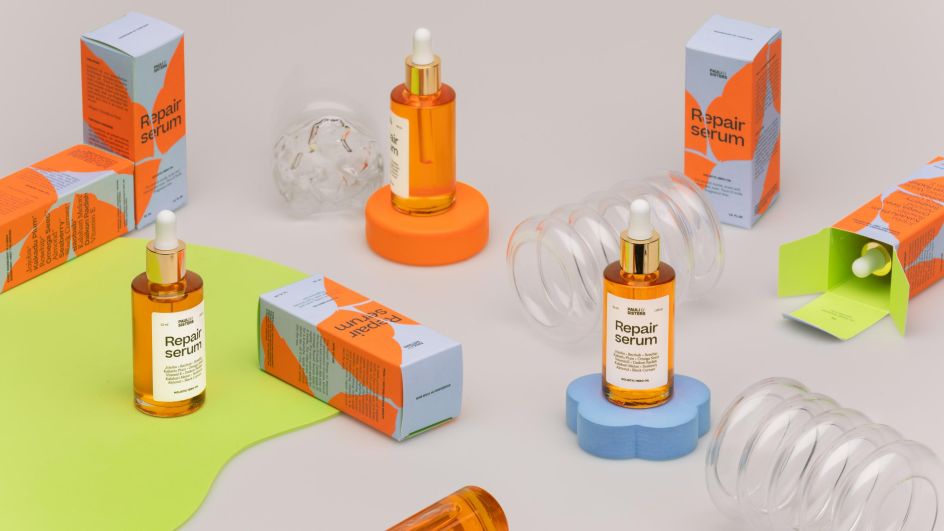
Pauli & Sisters, 2021. Graphic design & art direction: Marina Veziko. Photography: Sara Urbanski.
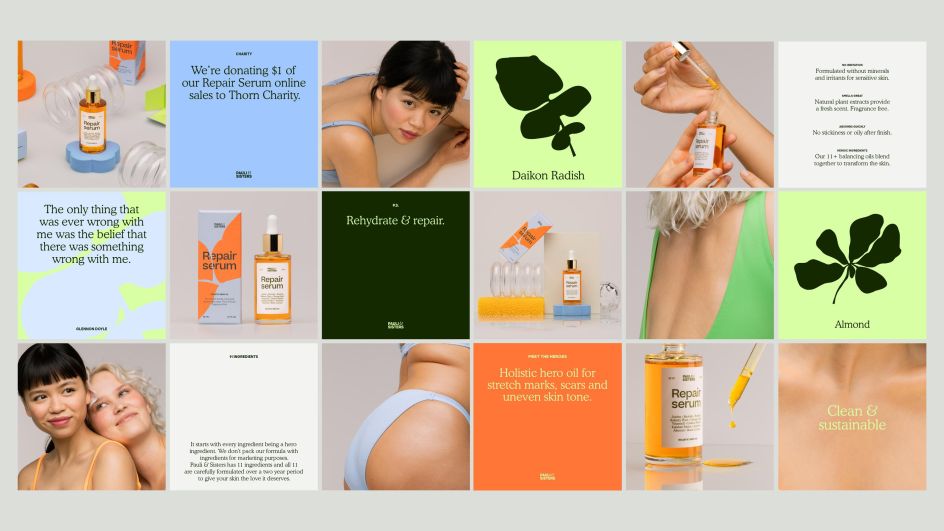
Pauli & Sisters, 2021. Graphic design & art direction: Marina Veziko. Photography: Sara Urbanski.
When it does tick the boxes, though, Marina will start the ideation process. She'll do "absolutely nothing" to spark her inspiration because, as a self-proclaimed "loner", she prefers the idleness and quiet to devise her ideas – something which is "very rare" to have. If she's feeling stuck, she finds it best to talk about the project with someone else, which usually results in a "revelation" and gets the process bubbling away. Then, when working with a client, she'll ask as many questions as possible to direct the project on the right path and understand the client and project on a thorough level.
"If the brief feels too vague or contradictory, I will keep asking additional questions and dig deeper," she explains. "Eventually, a tiny crumb of information will pop up which can be transformed to a visual concept." It avoids any guessing or confusion with the brief, meaning Marina will hit the mark more often than not. "I love it when all design decisions are rational and justifiable, but combined with a hint of intuition and a gut feeling."
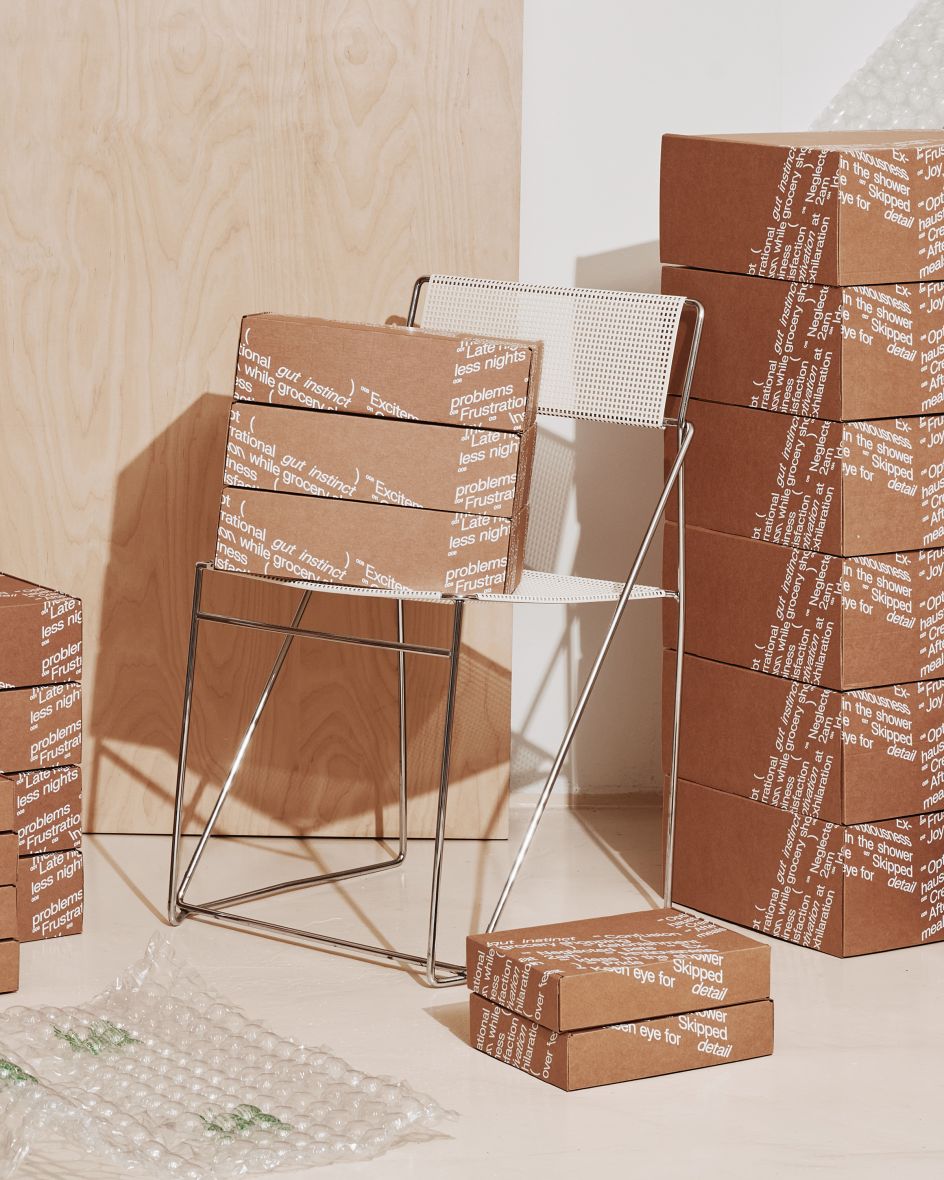
Packhelp, 2022. Graphic design & art direction: Marina Veziko. Photography: Aleksi Tikkala. Animation: Otso Reitala
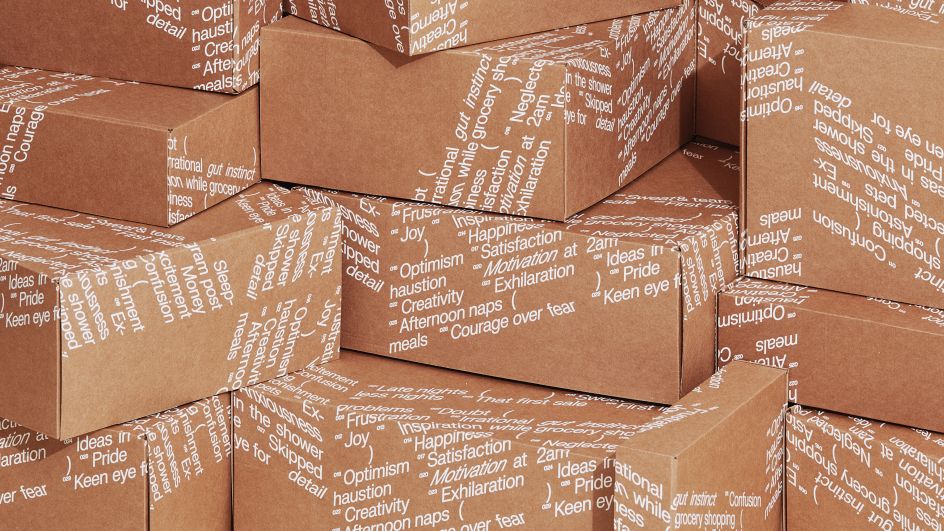
Packhelp, 2022. Graphic design & art direction: Marina Veziko. Photography: Aleksi Tikkala. Animation: Otso Reitala
Next is the research and the design phase, involving the careful selection of a typeface and photography mood board. InDesign is her program of choice, which she'll even use to design the logo – "which drives some people mad," she jests. "I'm in awe of young designers who seem to be super skilled in all the programs, being able to do 3D, animate and code. I'm not good at any of those, but it's nice to be able to commission someone who is an experienced professional in one of those, rather than me trying to master all of those skills superficially."
Putting thought into practice, Marina recently designed a project entitled What's in the Box for Packhelp. With plenty of creative freedom defined by the brief, Marina found the process "pretty challenging in the beginning" when narrowing down the ideas from endless possibilities. The result is a minimalist, structured and clever identity, one that places typography at the centre. "The final packaging design is an endless box maze constructed of the range of emotions and thought that entrepreneurs experience day-to-day."
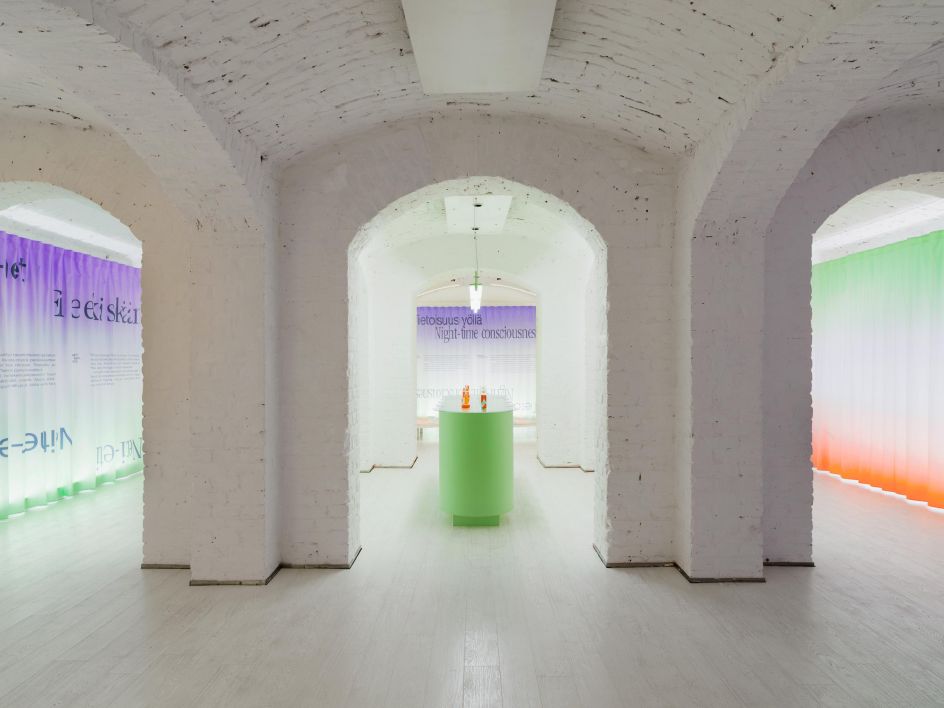
Graphic Designer of the Year exhibition: 'We Think Differently At Night', 2021. Exhibition design: Marina Veziko & Hanna Anonen. Photography: Juho Huttunen / Duotone.
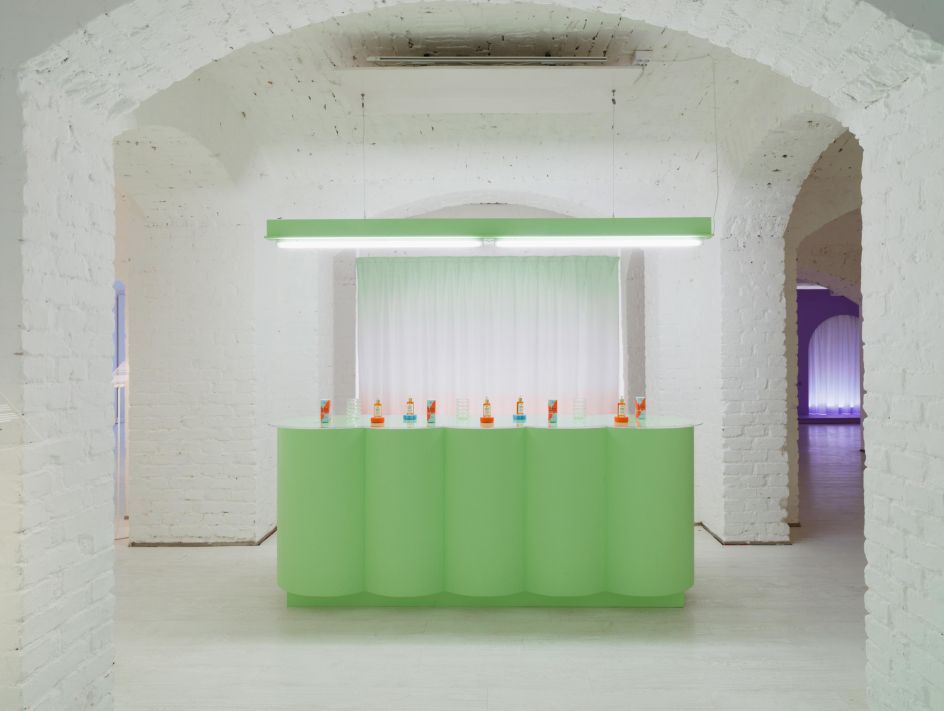
Graphic Designer of the Year exhibition: 'We Think Differently At Night', 2021. Exhibition design: Marina Veziko & Hanna Anonen. Photography: Juho Huttunen / Duotone.
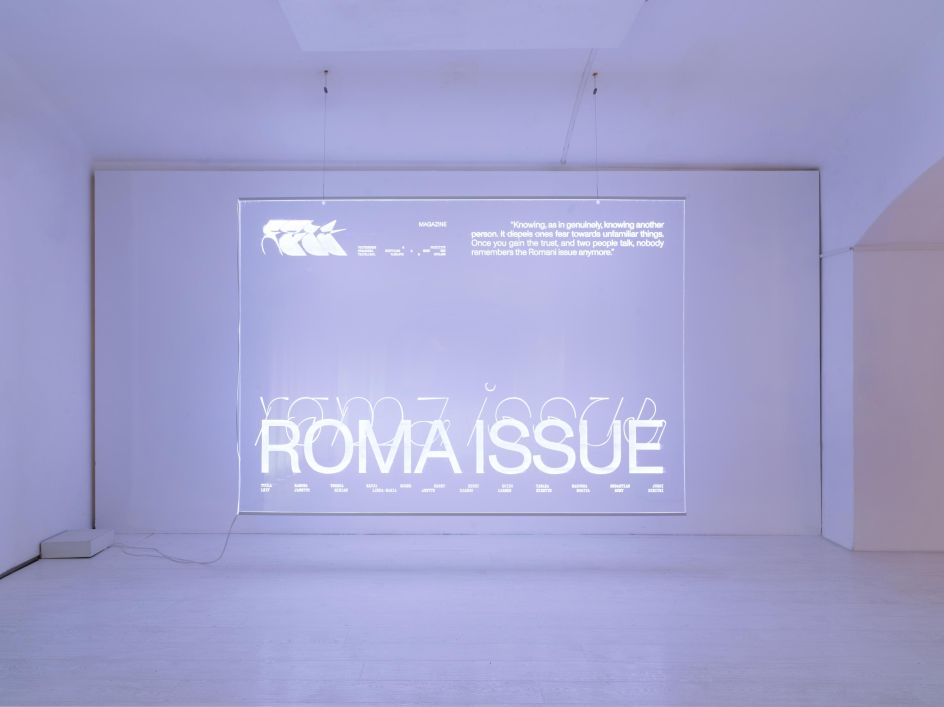
Graphic Designer of the Year exhibition: 'We Think Differently At Night', 2021. Exhibition design: Marina Veziko & Hanna Anonen. Photography: Juho Huttunen / Duotone.
In other news, Marina recently designed an exhibition in Helsinki and launched Few Magazine with Tina Nyman – a bold and colourful publication that sees functional, legible type merge with gradient-infused hues, often depicted in primary colours. It's safe to say that Marina has been keeping busy, and this year, she plans on taking on less work to clear her head.
"Currently, I'm trying to decline all new client projects coming in at least until fall," she says. "So now I'm just wrapping up some big projects from last year (launching soon, stay tuned!). I currently have an employee (who is amazing!), and I've been thinking about possibly expanding a bit and hiring more people so that we won't have to say 'no' to new projects as often. But with what's going on in the world right now, let's just try to make it through this year first!"




 by Tüpokompanii](https://www.creativeboom.com/upload/articles/58/58684538770fb5b428dc1882f7a732f153500153_732.jpg)


 using <a href="https://www.ohnotype.co/fonts/obviously" target="_blank">Obviously</a> by Oh No Type Co., Art Director, Brand & Creative—Spotify](https://www.creativeboom.com/upload/articles/6e/6ed31eddc26fa563f213fc76d6993dab9231ffe4_732.jpg)








